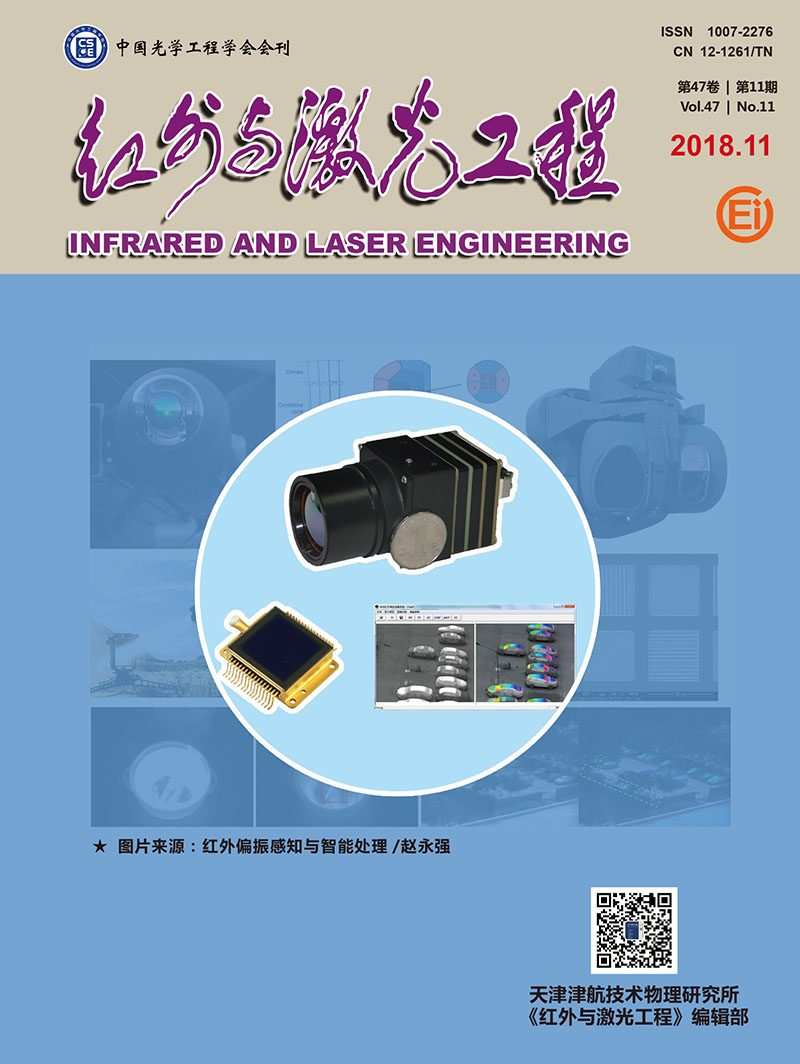|
[1]
|
Jiang Wenhan. Adaptive optical technology[J]. Chinese Journal of Nature, 2005, 28(1):7-13. (in Chinese)姜文汉. 自适应光学技术[J]. 自然杂志, 2005, 28(1):7-13. |
|
[2]
|
Luo Qi, Li Xinyang. Control performance analysis of a double overlap adaptive optics system[J]. Acta Optica Sinca, 2015, 35(5):0501002. (in Chinese)罗奇, 李新阳. 嵌套双自适应光学系统的控制特性分析[J]. 光学学报, 2015, 35(5):0501002. |
|
[3]
|
Lin Xudong, Xue Chen, Liu Xinyue, et al. Current status and research development of wavefront correctors for adaptive optics[J]. Chinese Optics, 2012, 5(4):337-351. (in Chinese)林旭东, 薛陈, 刘欣悦, 等.自适应光学波前校正器技术发展现状, 中国光学, 2012, 5(4):337-351. |
|
[4]
|
Luo Qi, Li Xinyang. Design of optics axis jitter rejection controller for adaptive optics system[J]. Infrared and Laser Engineering, 2016, 45(4):0432003. (in Chinese)罗奇, 李新阳. 自适应光学系统光轴抖动抑制控制器设计[J]. 红外与激光工程, 2016, 45(4):0432003. |
|
[5]
|
Yu Hao, Huang Linhai, Huang Lixin, et al. Experiment of full field compensation with two-deformable mirrors adaptive optics system[J]. Infrared and Laser Engineering, 2011, 40(8):1542-1546. (in Chinese)余浩, 黄林海, 黄利新, 等. 双变形镜自适应光学系统全场补偿实验验证[J]. 红外与激光工程, 2011, 40(8):1542-1546. |
|
[6]
|
Zhang Dongge, Fu Yutian. Deformable mirror modeling and control based on on-line least square support vector maching[J]. Infrared and Laser Engineering, 2016, 45(11):1118007. (in Chinese)张东阁, 傅雨田. 基于在线最小二乘支持向量机的变形镜建模与控制[J]. 红外与激光工程, 2016, 45(11):1118007. |
|
[7]
|
Luo Qi. Optimal control technology of adaptive optics[D]. Chengdu:Institute of Optics and Electronics, Chinese Academy of Sciences, 2016:72-75. (in Chinese)罗奇. 自适应光学优化控制技术研究[D]. 成都:中国科学院光电技术研究所, 2016:72-75. |
|
[8]
|
Noll R. Zernike polynomials and atmospheric turbulence[J]. JOSA, 1976(A), 66:207-211. |
|
[9]
|
Zhang Yudong, Rao Changhui, Li Xinyang. Adaptive Optics and Laser Control[M]. Beijing:National Defense Industry Press, 2016:38, 136-141. (in Chinese)张雨东, 饶长辉, 李新阳. 自适应光学及激光操控[M]. 北京:国防工业出版社, 2016:38, 136-141. |
|
[10]
|
Nagashima M, Agrawal B N. Active control of adaptive optics system in a large segmented mirror Telescope[J]. International Journal of Systems Science, 2012, 45(12):1-17. |
|
[11]
|
Yan Haixing, Zhang Deliang, Li Shushan. Numerical simulation of an adaptive optics system direct wavefront gradient control method[J]. Acta Optica Sinca, 1997, 17(6):758-765. (in Chinese)严海星, 张德良, 李树山. 自适应光学系统的数值模拟:直接斜率控制法律[J]. 光学学报, 1997, 17(6):758-765. |
|
[12]
|
Zhang Dengfeng, Wang Zhiquan, Hai Xiaodong. Satisfactory Fault-tolerant Control[M]. Beijing:Science Press, 2014:24-26. (in Chinese)张登峰, 王执铨, 韩笑冬. 满意容错控制[M]. 北京:科学出版社, 2014:24-26. |
|
[13]
|
Long Zhiqing, Xue Song, Chen Huixing. Passive fault tolerant control for SusPension system of magleve train Based on LMI[J]. Computer Simulation, 2008, 25(2):265-268. |
|
[14]
|
Xiang Yu, Jin Jiang. Hybrid Fault-tolerant flight control system design against partial actuator failures[J]. IEEE Transactions on Control Systems Technology, 2012, 20(4):871-886. |
|
[15]
|
Zhang Guoguang, Zhang Hui, Huang Xiaoyu, et al. Active fault-tolerant control for electric vehicles with independently driven rear in-wheel motors against certain actuator faults[J]. IEEE Transactions on Control Systems Technology, 2016, 24(5):1557-2016. |









 DownLoad:
DownLoad: